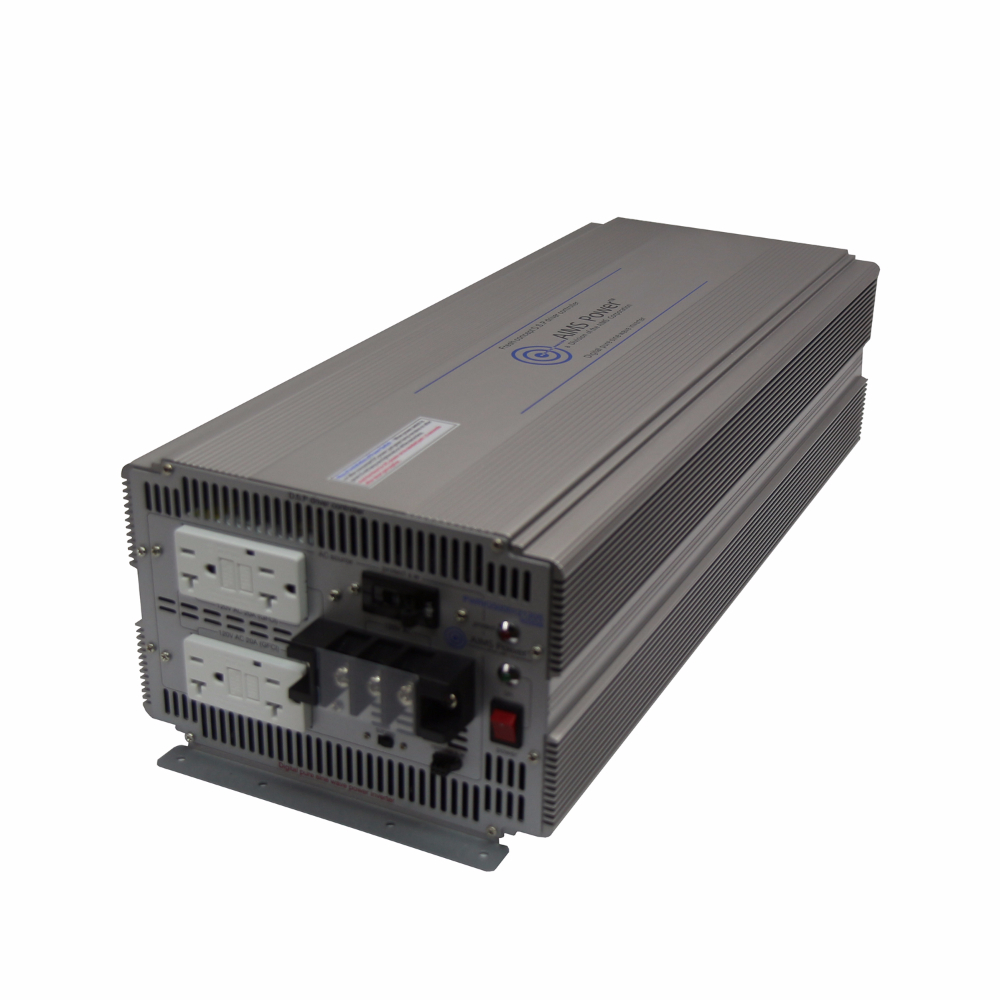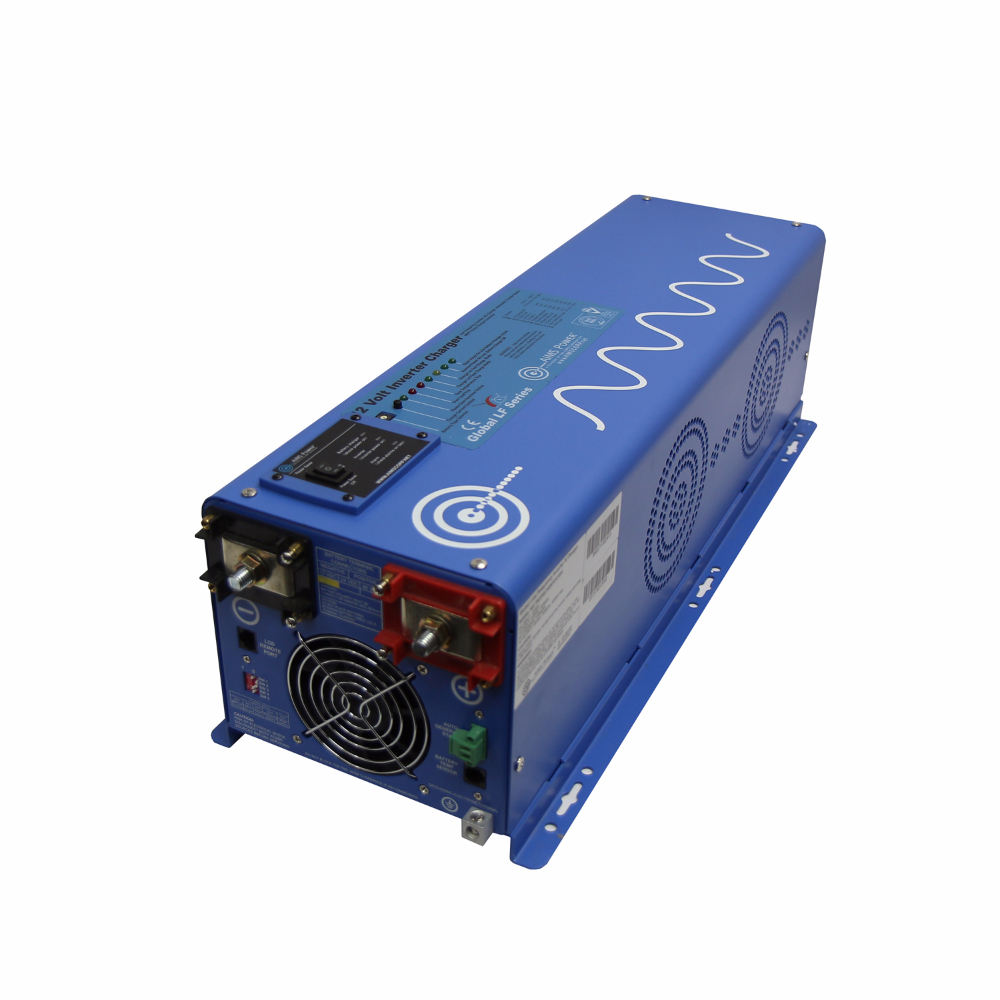Some people know I am an electrician who went down a rabbit hole with optimizing power to feed audio system. I always keep my ear to the floor on whats new and working.
A few years back Stromtank graded the scene with their stand alone battery power supplies. Lots of people sunk lots of $$$$ into the very high priced, but admittedly well built models. The vast majority of feedback has been people find the device a benefit on source components. Mixed on amplifiers.
I have questioned many times what peoples perceptions would be if they had their electrical infrastructure set up properly using good wire and as much copper in the electrical distribution as.possible.
Reciently one of my clients who optimized their infrastructure under my guidence reached out and started sharing his experience with a stand alone battery power supply. Basically a UPS on wheels. In the last few years quite a few of these devices have come on the market by a multitude of manufacturer. They are generally designed with 4 to 6 x 15/20 amp outlets on the frame of the unit to plug directly into. As well as a 30A 120 volt to 50A 120 volt outlet that is meant to plug into a transfer switch on the wall. This transfer switch distributes the load to critical devices used during a blackout. Most all these devices are built upon a platform that allows some amount of expanded battery capacity to be linked to the primary head unit.
Most all these units are using pure sine wave filters. I have no idea the amplifiers to boost the signal.
The client that reached out to me purchased Goal Zero (GZ)1500 watt unit. Over a few weeks and recient prodding by myself he has tried a variety of devices to it. As an overall impact, he finds the unit to level out any difference between daytime listening when his power is dirty and the sound veilied, to night listening when its clear and alive. Overall he says he is achieving the higheat level of playback he has ever achieved to date.
There are some oddities to what he experience. One is he finds its "too much" with all his front end into the GZ. Its too silky. If he keeps one device like his preamp or server direct to the wall, the dynamics and impact are improved.
This client has a Gryphone Essence. After a lot of prodding by myself saying its safe, he agreed to plug the Gryphon into the unit. Low and behold, he actually prefers the Gryphon feed by the GZ.
A couple clarifications here. This person and other trying these units are generally plugging a filter device into a outlet on the GZ. Some are altering a power cord and plugging into the 30A outlet and feeding a filter such as Puritan or Shunyata.
Also and very important, all these units have fans on the inverter. These fans seem to cycle on and.off intermittently with front end.gear plugged in. With an amp, they run constantly. I asked if a 3 sided box would mute the sound. He seemed to think it was pretty loud. As a consequence he keeps the amp to the wall. All digital equipment in the GZ and the amp and preamp to the wall.
Next level.
Online chatter seems to say these all in one units are good. But achieving a higher level is a stand alone inverter with lithium batteries tethered to one end and an output to something like a filter or Isolation transformer. One branded Giandel 5000 watt inverter has a following. The Giandel seems to perform better than the GZ and other entry level stand alone units. I don't know anyone has compared the Giandel to a higher level model GZ or other brands. Using a stand alone inverter means you have to develop your own jumper cables and connecting wires.
This does leave open the question of where would a Studer or Victron inverter take things. These pro level units are extremely well built and have extremely low harmonic distortion. Well below what comes from the street. Sat in a adjacent room, one could have unlimited battery reaerves as well as massive current potential far excesing anything a Stromtank could deliver. And all you would have is duplex in your room.
I think its time.serious audiophile beging exploring battery power supplies. This can be approached in a variety of ways and a variety of budgets.
Lastly, had anyone tried one of these devices. What models? What were the results?
Thanks
Rex
Kingrex
A few years back Stromtank graded the scene with their stand alone battery power supplies. Lots of people sunk lots of $$$$ into the very high priced, but admittedly well built models. The vast majority of feedback has been people find the device a benefit on source components. Mixed on amplifiers.
I have questioned many times what peoples perceptions would be if they had their electrical infrastructure set up properly using good wire and as much copper in the electrical distribution as.possible.
Reciently one of my clients who optimized their infrastructure under my guidence reached out and started sharing his experience with a stand alone battery power supply. Basically a UPS on wheels. In the last few years quite a few of these devices have come on the market by a multitude of manufacturer. They are generally designed with 4 to 6 x 15/20 amp outlets on the frame of the unit to plug directly into. As well as a 30A 120 volt to 50A 120 volt outlet that is meant to plug into a transfer switch on the wall. This transfer switch distributes the load to critical devices used during a blackout. Most all these devices are built upon a platform that allows some amount of expanded battery capacity to be linked to the primary head unit.
Most all these units are using pure sine wave filters. I have no idea the amplifiers to boost the signal.
The client that reached out to me purchased Goal Zero (GZ)1500 watt unit. Over a few weeks and recient prodding by myself he has tried a variety of devices to it. As an overall impact, he finds the unit to level out any difference between daytime listening when his power is dirty and the sound veilied, to night listening when its clear and alive. Overall he says he is achieving the higheat level of playback he has ever achieved to date.
There are some oddities to what he experience. One is he finds its "too much" with all his front end into the GZ. Its too silky. If he keeps one device like his preamp or server direct to the wall, the dynamics and impact are improved.
This client has a Gryphone Essence. After a lot of prodding by myself saying its safe, he agreed to plug the Gryphon into the unit. Low and behold, he actually prefers the Gryphon feed by the GZ.
A couple clarifications here. This person and other trying these units are generally plugging a filter device into a outlet on the GZ. Some are altering a power cord and plugging into the 30A outlet and feeding a filter such as Puritan or Shunyata.
Also and very important, all these units have fans on the inverter. These fans seem to cycle on and.off intermittently with front end.gear plugged in. With an amp, they run constantly. I asked if a 3 sided box would mute the sound. He seemed to think it was pretty loud. As a consequence he keeps the amp to the wall. All digital equipment in the GZ and the amp and preamp to the wall.
Next level.
Online chatter seems to say these all in one units are good. But achieving a higher level is a stand alone inverter with lithium batteries tethered to one end and an output to something like a filter or Isolation transformer. One branded Giandel 5000 watt inverter has a following. The Giandel seems to perform better than the GZ and other entry level stand alone units. I don't know anyone has compared the Giandel to a higher level model GZ or other brands. Using a stand alone inverter means you have to develop your own jumper cables and connecting wires.
This does leave open the question of where would a Studer or Victron inverter take things. These pro level units are extremely well built and have extremely low harmonic distortion. Well below what comes from the street. Sat in a adjacent room, one could have unlimited battery reaerves as well as massive current potential far excesing anything a Stromtank could deliver. And all you would have is duplex in your room.
I think its time.serious audiophile beging exploring battery power supplies. This can be approached in a variety of ways and a variety of budgets.
Lastly, had anyone tried one of these devices. What models? What were the results?
Thanks
Rex
Kingrex




